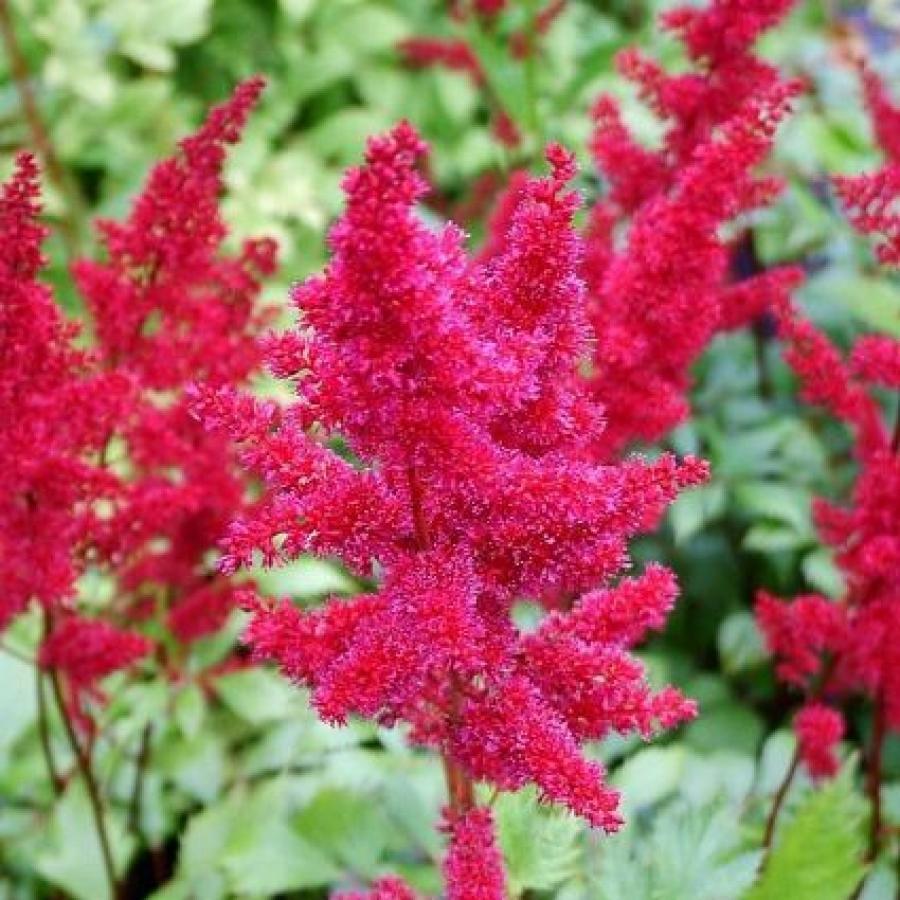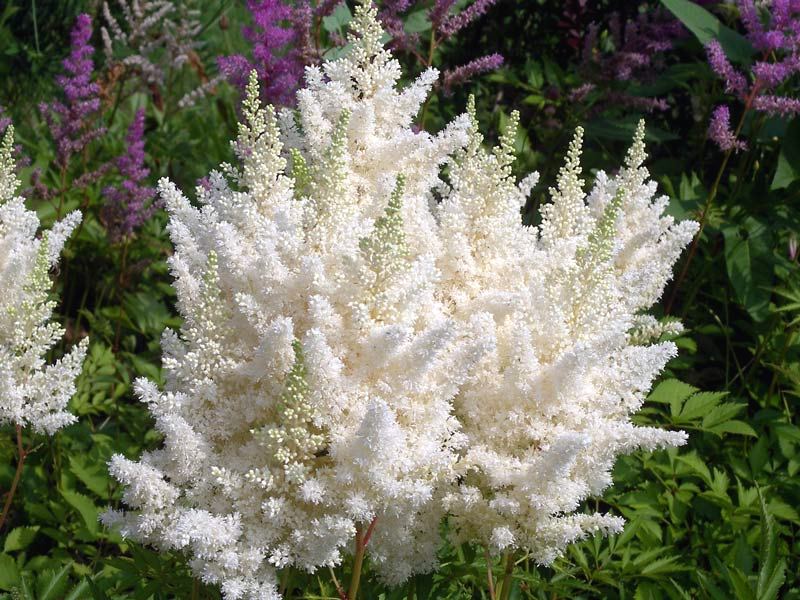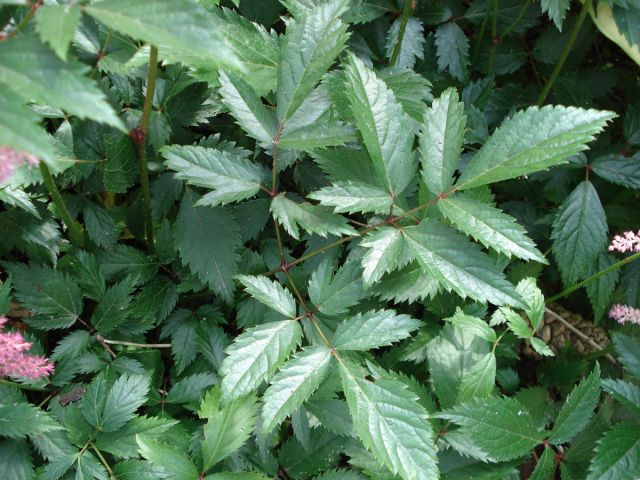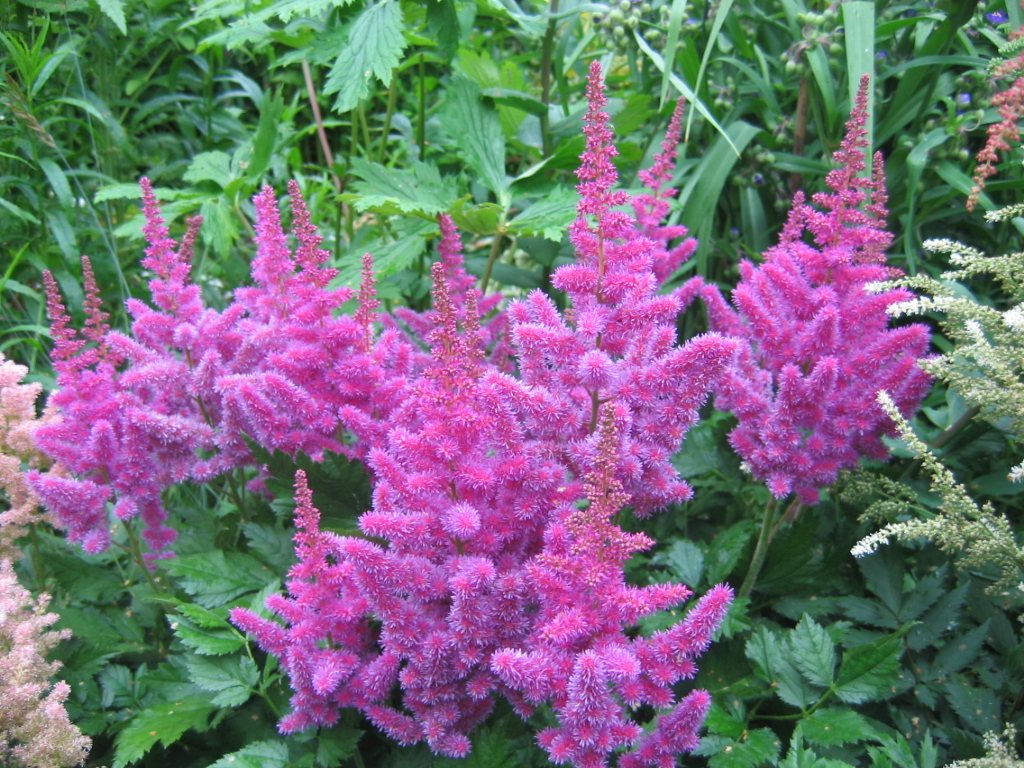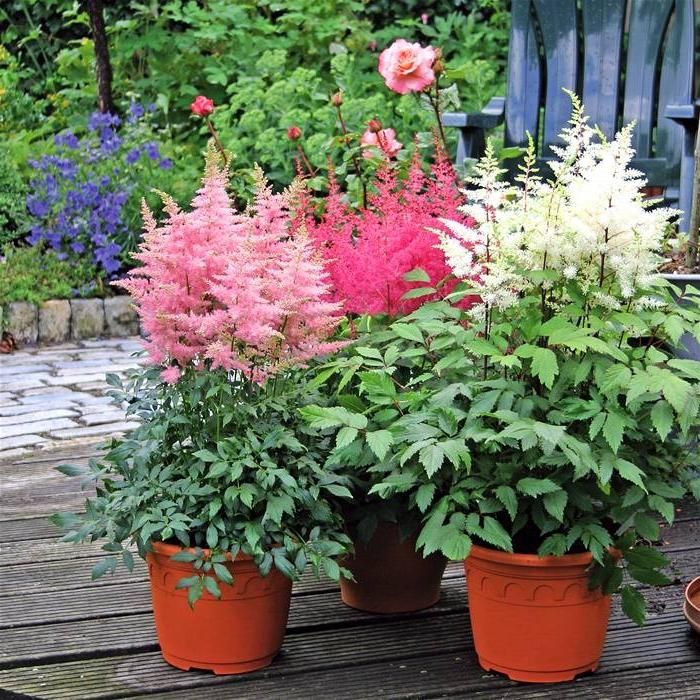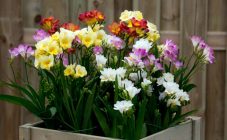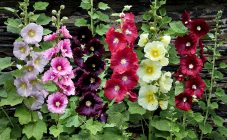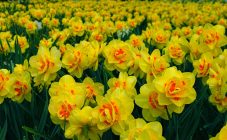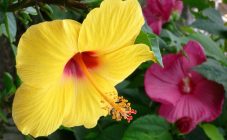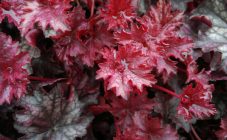Content:
Decorative astilba is an ideal find for a beautiful decoration of plots in the country. Differs in unpretentiousness, perfectly tolerates both direct sunlight and shade, and also does not need specific care.
Cultivation and breeding of Astilbe began in 1800. Since that time, breeders have developed many varieties of crops that have different appearance and size. Subspecies also differ in living conditions, due to which the plant can be used to decorate any garden plots and park areas.
general information
Despite the fact that the perennial astilbe has a rich and interesting history, it has been underestimated for several decades. This common wild crop is not very attractive and bright. Its discoverer was Lord Hamilton, who first described astilba in 1825. The name of this plant can literally be translated from Latin as "without shine", but the obstacle in the form of an inconspicuous appearance did not prevent the Lord from importing several types of astilbe into the countries of Europe.
In the second half of the 19th century, the botanist Emile Lemoine began a thorough study of the culture, who developed new varieties and improved garden subspecies for a long time.
Gradually, other botanists began to join Emil, and Georg Arends devoted 50 years of his life to studying these plants. He bred more than 80 different varieties, differing in shape, size, shades.
Thus, a full-fledged classification of a new garden ornamental plant was started. Today, Astilba varieties of Arends and Lemoine are popular.
Description and main characteristics
Astilba is a rhizomatous plant belonging to the Saxifrag family. Before the onset of cold weather, the aboveground part of the culture dies off. Judging by the description, the height of the astilba depends on what type of plant - the indicator varies from 8 cm to 2 m.
Long-peaked foliage can be either feathery or simple, but always with a jagged edge. The color palette of leaf plates is divided into dark green and greenish red.
The woody structure of the root system is loose or dense, depending on the subspecies. On the upper part of the rhizome, with the onset of each season, new buds are formed, and the lower part at this time gradually dies off.
The apical inflorescences are collected from delicate small flowers, which are pink, white, red, lilac and lilac. All varieties of astilba are usually divided according to the time and duration of flowering:
- early varieties begin to bloom in the second half of July or early June;
- flowering of medium species begins in July;
- as for the late varieties, they bloom in August.
Interesting facts about astilbe
There are many interesting facts about astilbe, but not all of them should be taken at face value.
Every florist should know that cut flowers of a plant can stand in a vase of water for several hours, after which they will begin to fade. But if the stem is pulled out along with part of the root, the bouquet will be fresh for two to three days.
From the dried inflorescences of astilba, you can create a winter bouquet that will delight the eye in the winter season.
In ancient China, tonic and anti-inflammatory properties were found in the leaves and roots of astilba, due to which the plant acted as a medicinal raw material.
The Japanese and Chinese use the astilba leaf seasoning in the preparation of Chinese national dishes and meat dishes.
The fruits are represented by a capsule, and one plant can contain up to 20,000 seeds.
It is best to plant astilba next to thermophilic perennials, which have smooth and large leaves. An excellent contrast will be created by a plant planted next to hosta, irises, lilies of the valley and lungwort.
Astilba - growing and aftercare
This is a very unpretentious plant, but in order to achieve the most lush bush and abundant flowering, some rules will be required.
So, the initial step is choosing a suitable place and soil for planting. For the culture, you need to choose well-lit areas, but make sure that direct sunlight does not fall on the plants. You should not plant a crop in shaded beds, especially under the crowns of garden trees, as they will have a depressing effect.
In order to ensure rapid growth, almost any soil is suitable, but experts recommend first loosening it, and then adding an organic complex of fertilizers.
As for the landing technology, it looks like this:
- You need to plant an astilba flower in the spring, namely in the second half of March or early May. If you plant seedlings in autumn, then you need to do this before the first frosts come. If you miss this moment, then astilba can take root badly or even die.
- To plant a bush, a planting pit should be prepared in advance so as not to cover the root collar with earth. For group planting, the distance between the bushes should be at least 0.5 m.
- After the astilba bush is planted in the ground, it should be watered abundantly, and the hole should be covered with a layer of mulch. This is necessary in order to prevent the accumulation of moisture in the ground, and also to protect the root system from the negative effects of sunlight.
As for nitrogen fertilizers, they need to be applied 1 time - before astilbe begins to bloom. Young bushes, which do not yet have a very large root system, can be oppressed by weeds, so the plants need to be weeded regularly. As the astilba shrub grows and develops, the need for regular weeding will disappear.
Astilba from seeds at home
Sometimes flower growers resort to the seed method of growing astilba.Previously, you need to keep the seeds in a dark place for 20 days, where the air temperature ranges from -4 to +4 degrees Celsius. After that, the planting material should be transferred to a warm room with room temperature, and kept for another 3 days.
You need to sow seeds in a special container, into which you need to pour the substrate prepared in advance from sand and peat, and then pour the planting material onto its top layer. An open seed pot should be ventilated and moistened every day using a spray bottle. It is necessary to cover the greenhouse with transparent plastic wrap or glass.
The first shoots can be seen 28 days after planting the seeds. With the appearance of the first pair of leaves, astilbe must be dived.
Major diseases and pests
Most often, astilba is affected by such pests:
- A strawberry nematode that feeds on leaves, which causes brown spots on them. You can get rid of pests using an insecticide.
- The drooling stump provokes yellowing and gradual foliage.
- Cicadas - they feed on astilba juice, as a result of which light spots begin to cover it. You can destroy parasites with Karbofos or Aktara.
- Gall nematode - affects the root system of astilba, which is why it does not bloom, and in some cases even dies. Experts recommend fighting insects with Fitoverm. If the poison does not work, the affected bushes should be dug up together with the roots to avoid disease of healthy plants.
Before starting the cultivation of this plant, be sure to familiarize yourself with how to grow astilba in the garden and at home. It needs to be surrounded with close attention and care during the first two years of life, then the plant will not be particularly demanding. Thanks to the lush flowering and beautiful decorative leaves, perennial astilbe will delight the eye throughout the season and will decorate any summer cottage.
